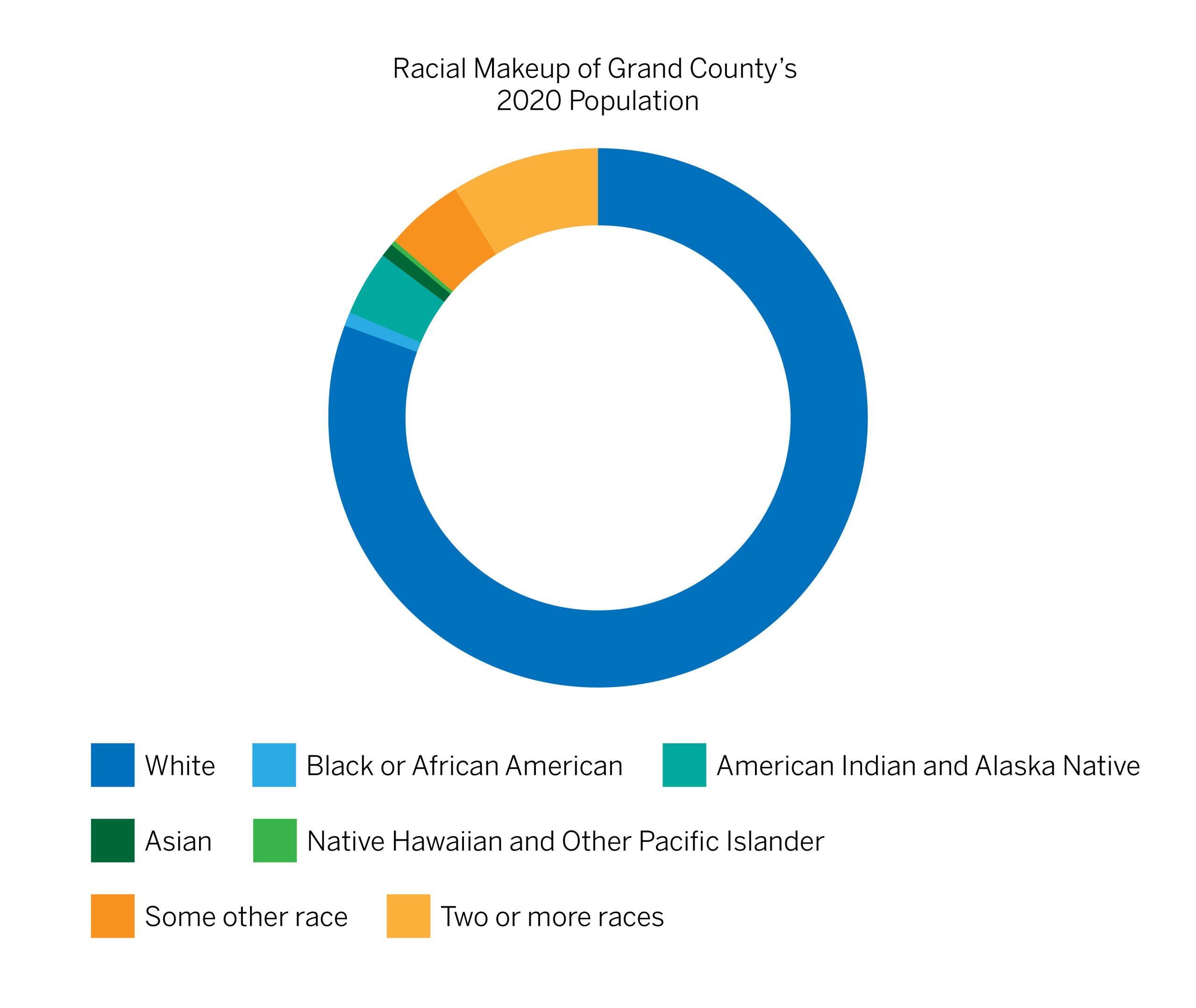Some information may be outdated.
Over the past decade, Grand County had the fastest growing population of the southeast Utah region, recently released Census Bureau data shows. Its population also has the largest share of adults in the region, and is one of the most diverse.
Karen Guzman-Newton, a Moab city council member who was also on the 2020 Census committee, said that getting responses in 2020 was particularly difficult both because of the pandemic—the census started April 1, 2020—and because of the controversy surrounding a proposed citizenship question on the form.
The question about an individual’s citizenship status, proposed by the U.S. Department of Justice under then-President Donald Trump, was not included on the 2020 form after being blocked after a decision by the U.S. Supreme Court but still may have caused some to avoid the census.
“Many people are already skeptical of what the information is being used for, or are not comfortable sharing household information,” Guzman-Newton said. Typically, census workers can personally speak to those who are skeptical of the census, but during the height of the pandemic the committee was unable to do so.
The city of Moab’s rate of self-reporting came in lower than 2010, at 59.4% of the total population. This was slightly higher than the rest of Grand County (53.9%), but much lower than Utah statewide (71%).
From 2010 to 2020, the census found that Grand County’s population grew from 9,225 to 9,669 people, a percent increase of 4.8%. Grand County’s population is also the oldest in the region, with 78.8% of the population being 18 and over. This shows that the county’s growth is coming from more people moving in, rather than current residents having more children.
The city of Moab accounts for just over half of Grand County’s total population, and it’s no secret that the city’s population is growing rapidly. Moab currently faces both an affordable housing shortage and increased home prices, driven by demand from a growing population. The Census Bureau found that from 2015 to 2019, the median home value was $237,700—but according to Zillow, in 2021, the median home value in Moab is $402,236.
Grand County’s growth stands in contrast to the population declines in the rest of the region. Emery and Wayne County saw population decreases of 10.5%—Wayne County’s already tiny population of 2,778 in 2010 shrunk to just 2,486 in 2020. Wayne County has one of the oldest and whitest populations in the region, with 78.4% of the population being over 18 and 91.8% being white.
Diversity and youthfulness
Grand County is one of the most diverse counties in the region, with 80.8% of the population noting their race as white. 8.7% of the population noted their race as “two or more races,” as defined by the Census, the highest percentage in the region. Grand County’s percentage of Hispanic or Latino people—12.7%—is the second highest percentage in the region after Carbon County (13.1%).
San Juan County has the highest percentage of American Indian and Alaska Natives in the state, with 50.1%.
Utah tops of population growth in U.S.
Utah has the fastest growing population of all 50 states by far. Utah’s population grew 18.4% from 2010 to 2020, from 2.76 million people to 3.28 million people. The Utah population boom is largely due to migration—the fastest growing counties in the state were Wasatch, which grew 47.8%, and Washington, which grew 30.5%.
The next highest growing states were Idaho (17.3%), Texas (15.9%) North Dakota (15.8%), and Nevada (15%).
Nationally, the U.S. grew only 7.4%—one of the lowest growth rates since the 1930s.
Appreciate the coverage? Help keep local news alive.
Chip in to support the Moab Sun News.





